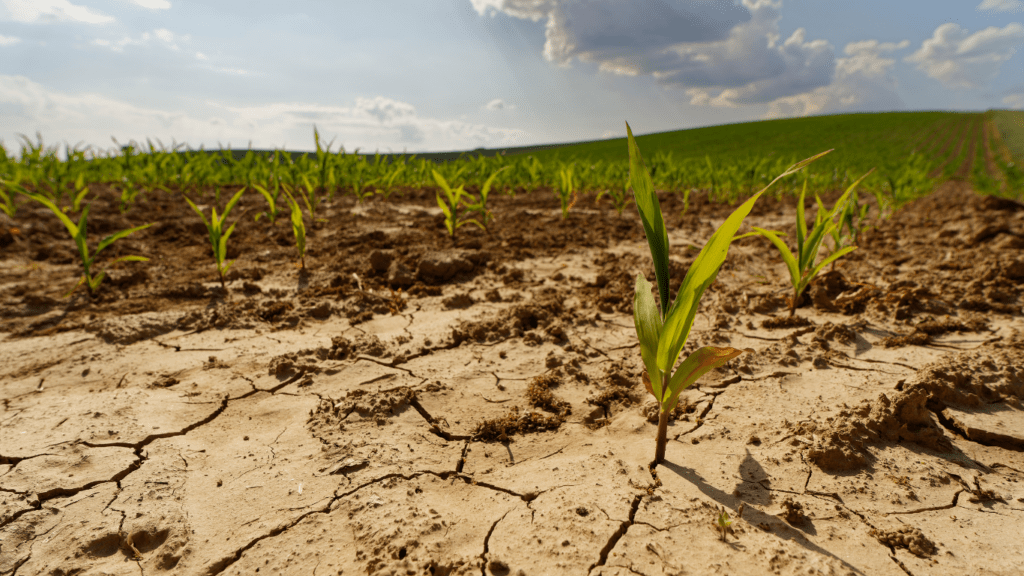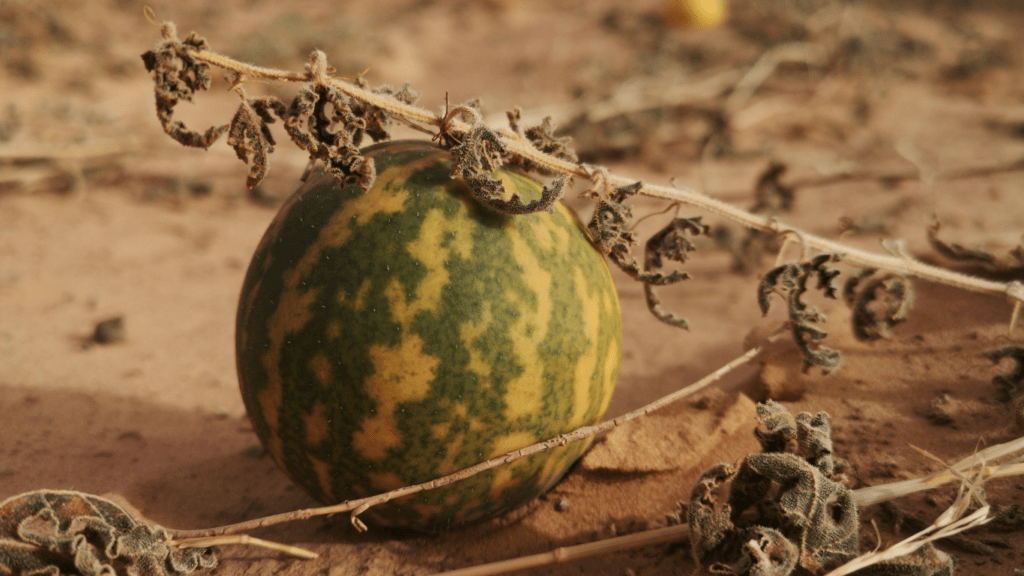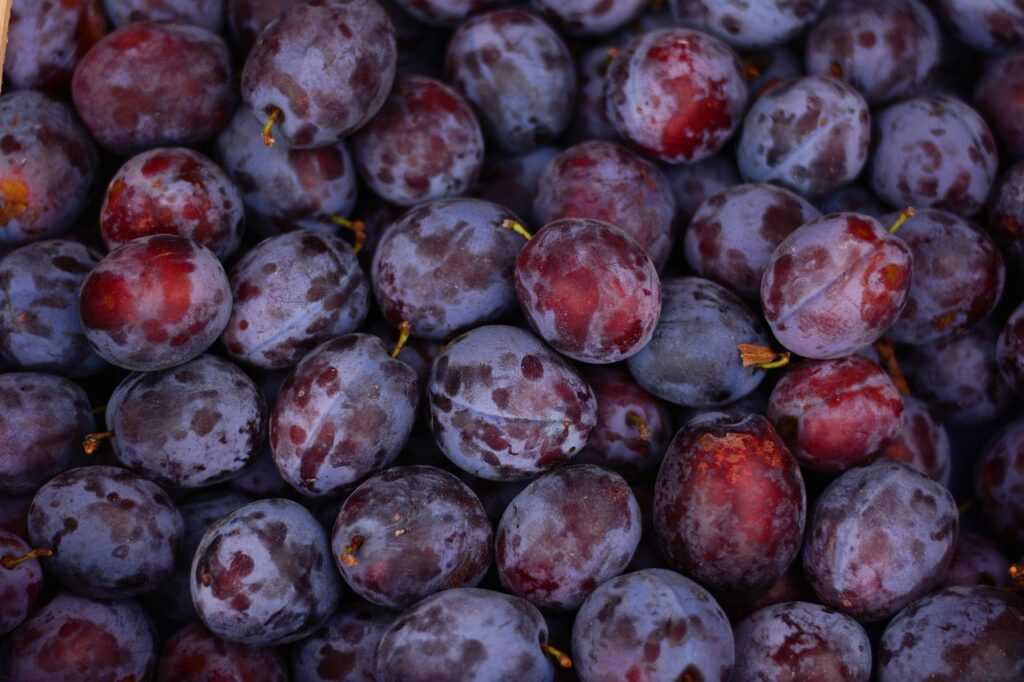Understanding Climate Change
Climate change refers to significant adjustments in temperature, precipitation, and wind patterns over extended periods. Human activities, particularly fossil fuel consumption, deforestation, and industrial processes, have accelerated these changes.
The Intergovernmental Panel on Climate Change (IPCC) reports average global temperatures have risen by approximately 1.2°C since the late 19th century.
Greenhouse gases like carbon dioxide, methane, and nitrous oxide trap heat in the atmosphere, causing the planet to warm.
This warming results in more frequent extreme weather events like floods, droughts, and hurricanes. Regional climates are also altering, creating variability in rainfall and temperature.
Climate models predict temperature rises between 1.5°C to 4.5°C by 2100, contingent on emission scenarios. This has direct implications for agriculture, where crops rely on stable weather patterns for growth.
Understanding these climate shifts helps in developing strategies to mitigate and adapt to new agricultural challenges.
Impact on Crop Production
Climate change directly influences crop production by affecting key environmental factors. Critical aspects include temperature, rainfall patterns, and extreme weather events.
Changes in Temperature and Rainfall Patterns
Temperature shifts impact crop growth phases. For instance, warmer conditions can accelerate crop maturation time but reduce yields and quality. Crops like wheat and maize are sensitive to higher temperatures beyond 35°C, showing reduced productivity.
Rainfall variation alters water availability. Prolonged droughts can hinder root development, while excessive rainfall risks flooding, negatively affecting crops like rice.
The US experienced unpredictable rainfall patterns, with some regions facing severe droughts while others grappled with intense rainfall in 2020.
Increased Frequency of Extreme Weather Events
Extreme weather events disrupt agricultural activities. Cyclones, hurricanes, and floods cause immediate crop loss and long-term soil degradation. In 2019, Cyclone Idai devastated parts of Mozambique, Malawi, and Zimbabwe, destroying vast agricultural lands.
Heatwaves pose an additional threat. Beyond damaging crops, extreme heat stress affects livestock health and productivity. In 2017, a European heatwave led to significant crop losses in Italy and Spain, underscoring the vulnerability of agriculture to extreme events.
Human-induced climate change propels these weather patterns, making adaptation strategies critical for sustaining agricultural markets.
Market Trends Shaped by Climate Change

Climate change significantly impacts agricultural market trends, influencing supply and demand dynamics and crop pricing intricacies.
Shifts in Supply and Demand
Climate variability affects supply and demand in the agricultural sector. Extreme weather patterns lower crop yields, which reduces supply.
For example, prolonged droughts in California, a major produce supplier, limit water availability and reduce output. Reduced supply increases demand and pushes prices higher due to limited availability.
Conversely, regions experiencing more favorable growing conditions see boosted yields, thus increasing supply and potentially reducing prices if demand remains static.
However, widespread knowledge of climate-induced risks causes consumers to seek more resilient food options, shifting demand toward crops with shorter growing cycles and lower water requirements.
Changes in Crop Pricing
Shifts in climate directly influence crop pricing. The increased frequency of extreme weather events like cyclones and heatwaves damages crops, escalating prices due to sudden supply shortages. For instance, heatwaves in Europe in 2020 decreased wheat production, spiking prices globally.
Additionally, changing rainfall patterns create unpredictable growing conditions, affecting crop quality and quantity, leading to volatility in commodity markets.
The financial risk for farmers rises with these uncertainties, inflating operational costs and subsequently crop prices. The cost of adaptation methods, including investing in resilient crop varieties and advanced irrigation systems, also factors into higher market prices to offset the production costs.
Adaptation Strategies for Farmers
Farmers adopt various strategies to cope with the challenges posed by climate change. These strategies ensure the sustainability and resilience of their agricultural practices.
Sustainable Agricultural Practices
Sustainable agricultural practices help farmers adapt to changing climatic conditions. These practices include crop rotation, agroforestry, and organic farming.
- Crop Rotation: Rotating crops involves alternating the types of crops grown on the same land to improve soil health and reduce pest and disease cycles. For instance, planting legumes like beans and peas can replenish soil nitrogen levels.
- Agroforestry: Integrating trees and shrubs into crop and livestock systems offers multiple benefits. Trees provide shade, reduce wind erosion, and improve water retention, which is essential in drought-prone areas.
- Organic Farming: Organic farming avoids synthetic fertilizers and pesticides, promoting biodiversity and improving soil health. Practices like composting and using natural pest controls can increase resilience to climate variability.
Technological Innovations
Technological innovations provide farmers with tools to monitor, predict, and respond to climate changes effectively. These innovations include precision agriculture, genetically modified organisms (GMOs), and advanced irrigation systems.
- Precision Agriculture: Precision agriculture uses GPS, sensors, and data analytics to optimize field-level management. Techniques include variable rate technology, which applies inputs like fertilizers and water more efficiently.
- GMOs: Genetically modified crops possess traits like drought resistance, increased yield, and pest tolerance. Crops like Bt cotton and golden rice demonstrate how genetic modifications can offer resilience against specific environmental stresses.
- Advanced Irrigation Systems: Drip irrigation and automated irrigation systems conserve water and enhance crop yields. Drip irrigation delivers water directly to plant roots, minimizing evaporation and runoff.
Farmers employ these adaptation strategies to mitigate the effects of climate change on agricultural markets. By adopting sustainable practices and technological innovations, they can maintain productivity and support market stability.
Role of Policymaking
Policymaking plays a vital role in shaping how agricultural markets respond to climate change. Strategic government interventions and international agreements can help farmers adapt and remain competitive.
Government Subsidies and Support
Government subsidies offer financial incentives that help farmers adopt climate-resilient practices. For example, adopting sustainable methods like crop rotation or agroforestry can become more feasible. Financial support for irrigation systems and precision agriculture technologies minimizes risk.
Subsidized insurance schemes protect farmers from unpredictable weather events. These programs ensure that farmers can continue operations despite climate-related setbacks. Grants for research into climate-smart agriculture encourage innovation.
International Agreements and Regulations
International agreements foster collaboration among nations to address climate-related challenges in agriculture. The Paris Agreement, for example, commits countries to reduce greenhouse gas emissions, which directly impacts farming practices.
Trade regulations can incentivize climate-friendly agricultural products. Labels indicating environmentally sustainable practices attract eco-conscious consumers. These agreements and regulations provide a framework for farmers to operate within, ensuring long-term market stability in a changing climate.



